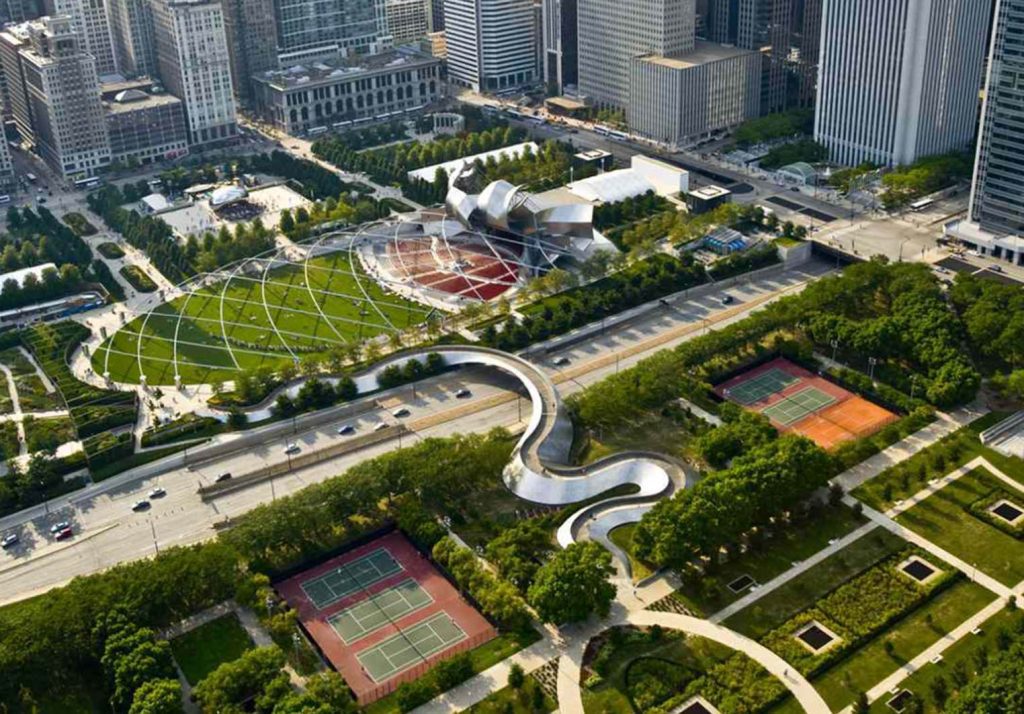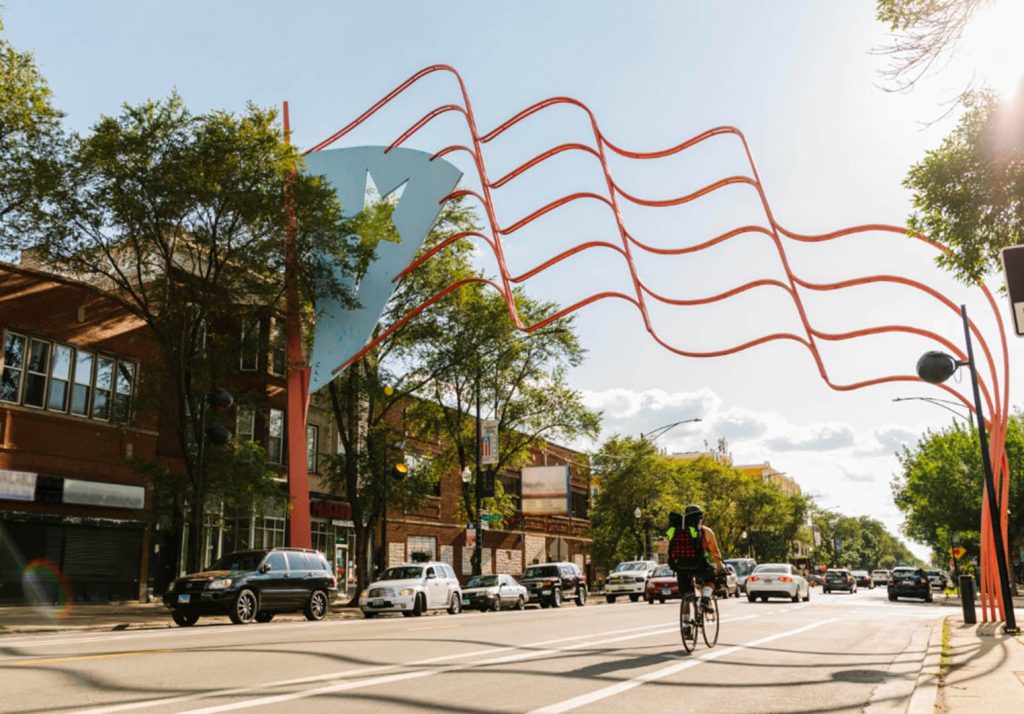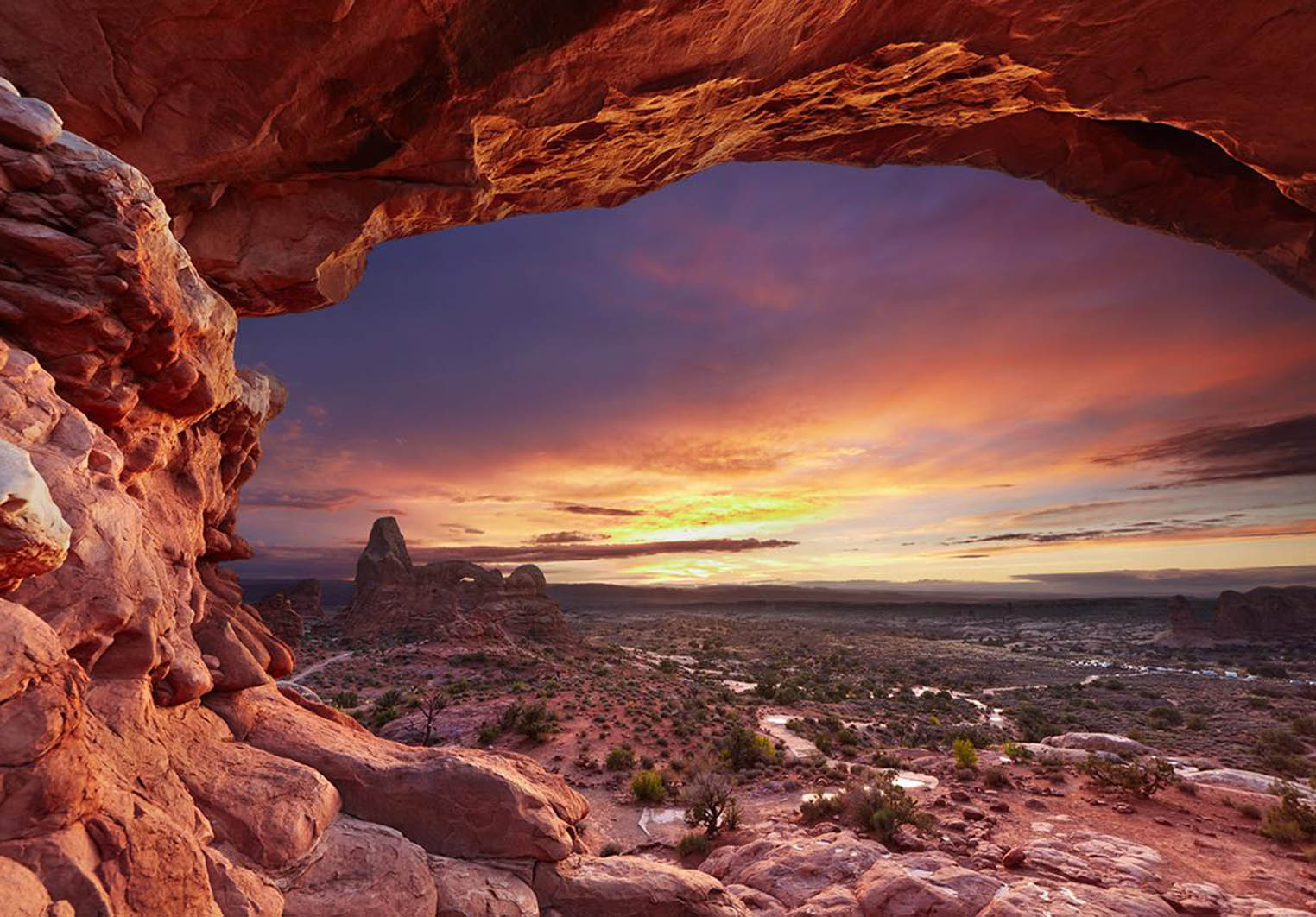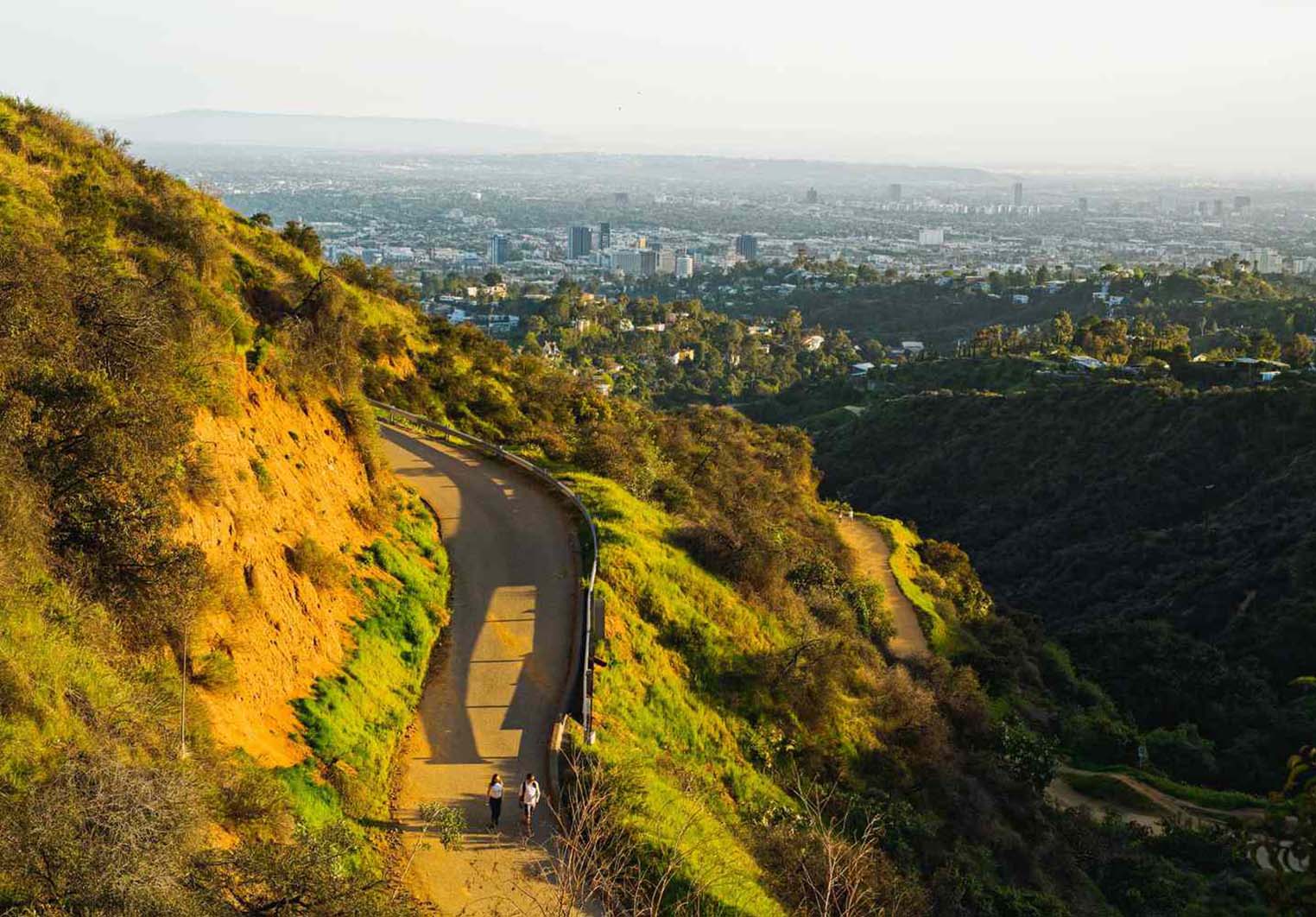The magnetic pull of Chicago’s parks invited me to explore the city’s natural havens nestled within its towering skyline.
Arrival in Chicago: Discovering Oasis Amid Skyscrapers
Against the magnificent backdrop of Chicago’s iconic skyscrapers, my journey unfolded, revealing a city that seamlessly blended the urban jungle with pockets of serene nature. As I navigated the bustling streets, I discovered Chicago’s well-kept secrets—its parks, where the rhythm of nature harmoniously coexisted with the vibrant pulse of urban life.
One such oasis was Millennium Park, a masterpiece of landscape architecture nestled in the heart of the city. Walking through the park, I marveled at the juxtaposition of sleek architecture against the lush greenery. The Crown Fountain, with its interactive digital art installations, provided a modern twist to the traditional fountain experience, while the reflective surface of the Cloud Gate sculpture mirrored the surrounding skyscrapers, creating a surreal and captivating scene.
Grant Park, often referred to as Chicago’s “front yard,” was another enchanting discovery. Its expansive lawns and leafy pathways offered a retreat from the urban hustle. I found myself drawn to Buckingham Fountain, a grand centerpiece that erupted in a mesmerizing water display, providing a moment of tranquility amid the city’s dynamic energy.
Venturing further, I explored the enchanting Lincoln Park, where the skyline faded into a backdrop of greenery. The Lincoln Park Conservatory showcased a diverse collection of exotic plants, and the Lincoln Park Zoo offered a delightful escape into the animal kingdom. The park’s picturesque landscapes provided a perfect setting for leisurely strolls, cycling, and picnics, creating a harmonious balance between nature and city life.
As the sun set, I discovered the enchanting charm of Chicago’s Riverwalk. Illuminated by the city lights and surrounded by architectural wonders, the Riverwalk became a romantic enclave, offering stunning views of the Chicago River and its iconic bridges. Cafes and outdoor seating along the promenade added to the allure, creating an inviting atmosphere to unwind and savor the city’s beauty.
Chicago’s parks revealed themselves as hidden treasures, where the city’s commitment to green spaces and recreational areas enhanced the overall urban experience. The juxtaposition of towering skyscrapers against the tranquility of nature showcased Chicago’s ability to offer a diverse and enriching environment for both locals and visitors alike. It was a journey that allowed me to appreciate the multifaceted beauty of the Windy City, where the skyline and the parks coexisted in perfect harmony.
Millennium Park: A Modern Haven of Art and Nature

Millennium Park, an urban retreat, became my initial sanctuary. With the sleek design of Cloud Gate (The Bean) and the peaceful Lurie Garden, the park seamlessly blended modern art with the soothing touch of nature. It served as a testament to Chicago’s commitment to creating spaces that inspire and provide solace.
Grant Park: Vast Greenery Along the Lakeside
Grant Park, with its vast expanse of greenery and lakeside beauty, unfolded as a serene haven, providing a welcome respite from the dynamic energy of the city. As I strolled through the park, I found solace in the tranquility it offered, juxtaposed against Chicago’s vibrant urban landscape.
The grandeur of Buckingham Fountain was a captivating centerpiece, its dancing waters creating a mesmerizing display against the backdrop of Lake Michigan. The fountain’s intricate design and the play of light and water made it a symbol of elegance within the park, drawing visitors to its impressive spectacle.
Exploring further, I delved into the cultural treasures housed within Grant Park’s embrace. The Art Institute of Chicago, with its world-class collections spanning centuries and continents, provided an immersive journey through the realms of artistic expression. The museum’s architectural beauty mirrored the grandeur of the park itself, creating a seamless fusion of culture and nature.
The Museum Campus, situated within Grant Park, added another layer to this urban retreat. With the Field Museum, Shedd Aquarium, and Adler Planetarium in close proximity, the campus became a nexus where science, nature, and education converged. Each institution offered a unique perspective, allowing me to delve into the wonders of the natural world, marine life, and the cosmos.
The proximity of Grant Park to Lake Michigan added a touch of maritime charm to the experience. The lakeside paths provided picturesque views of the expansive water, inviting contemplation and relaxation. Whether I was watching the sailboats dotting the horizon or simply enjoying the gentle lapping of the waves, the lake became an integral part of the park’s allure.
The convergence of nature and culture within Grant Park created a harmonious urban retreat. It was a place where the vibrant energy of the city seamlessly blended with the tranquility of lakeside landscapes and the richness of cultural institutions. As I left Grant Park, I carried with me the memories of a uniquely Chicagoan experience—a tapestry woven with the threads of nature, art, and the dynamic spirit of the city.
Lincoln Park: Diverse Tapestry of Nature and Culture
Lincoln Park, with its vast expanse and diverse offerings, emerged as a captivating destination that seamlessly blended nature, wildlife, and cultural attractions. As I explored its multifaceted wonders, the park captured my admiration, offering a rich tapestry of experiences within its green embrace.
The Lincoln Park Zoo stood as a testament to the harmonious coexistence of wildlife and the urban landscape. Within the heart of the city, the zoo provided a haven for a diverse array of animals. From majestic big cats to playful primates, the zoo’s exhibits showcased the beauty and diversity of the natural world. The backdrop of the city skyline added a unique charm to the experience, emphasizing the symbiotic relationship between nature and urban life.
Adjacent to the zoo, the Peggy Notebaert Nature Museum added another layer to the immersive experience within Lincoln Park. The museum celebrated the flora and fauna of the Midwest, offering interactive exhibits and educational displays. Walking through the butterfly haven, where colorful butterflies fluttered around, or exploring the hands-on exhibits that highlighted the region’s ecosystems, I found myself immersed in the wonders of the natural world.

Beyond the wildlife attractions, Lincoln Park unfolded as a green oasis with beautifully landscaped gardens, walking paths, and serene ponds. The Alfred Caldwell Lily Pool, with its serene water features and lush plantings, provided a tranquil escape within the bustling city. The park’s commitment to preserving nature while providing recreational spaces was evident at every turn.
Cultural gems like the Lincoln Park Conservatory added yet another dimension to the park’s allure. The conservatory, with its botanical wonders, offered a respite for those seeking a closer connection to the plant kingdom. From the vibrant floral displays to the tropical environments within its glass walls, it was a sanctuary for nature enthusiasts.
As I spent time in Lincoln Park, it became clear that this expansive green space was more than just a park; it was a microcosm of the city’s spirit. It embodied the idea that urban life and nature could coexist harmoniously, providing a sanctuary for both residents and visitors alike. Lincoln Park, with its multifaceted attractions, stood as a testament to Chicago’s commitment to creating a vibrant and diverse urban environment.
Jackson Park: Serenity by the Lakeshore
Jackson Park, stretching along the lakeshore, offered a serene escape. The Osaka Garden, a peaceful Japanese-inspired oasis, provided moments for quiet reflection. Wooded Island and lagoons added a touch of wilderness, creating an ideal setting for leisure and contemplation.
Garfield Park: A Horticultural Extravaganza
Garfield Park emerged as a horticultural wonder, and at its heart lay the enchanting Garfield Park Conservatory. Stepping through its glass doors was like entering a botanical paradise, where tropical landscapes and lush greenery transported me across continents. The conservatory stood as a testament to the city’s commitment to preserving and showcasing the beauty of nature.
The expansive conservatory housed a diverse collection of plants, each thriving in its carefully curated environment. Walking through the lush green corridors, I encountered vibrant orchids, towering palm trees, and exotic ferns. The air was filled with the fragrant perfume of blooming flowers, creating an immersive sensory experience that transported me far beyond the city limits.
One of the highlights of the Garfield Park Conservatory was its collection of themed rooms, each recreating a distinct natural habitat. From the arid landscapes of deserts to the humid rainforests, I found myself surrounded by the sights and sounds of ecosystems from around the world. It was a journey through continents, all within the confines of this botanical haven.
The formal gardens surrounding the conservatory added another layer to the sensory tapestry. Meticulously landscaped, these outdoor spaces showcased a harmonious blend of colors and textures. The historic Golden Dome, a striking architectural feature, stood as a testament to the conservatory’s rich history, adding a touch of grandeur to the overall experience.
As I wandered through the pathways, the immersive botanical journey continued. I discovered hidden nooks with tranquil ponds, where water lilies floated gracefully. Benches nestled among the greenery provided a perfect spot for quiet contemplation, allowing me to absorb the serenity of the surroundings.
Garfield Park Conservatory was not just a collection of plants; it was a living, breathing testament to the beauty and diversity of the natural world. It offered a welcome escape from the urban hustle, inviting visitors to connect with nature in a meaningful way. The conservatory’s ability to transport me across continents within its glass walls made it a true botanical marvel, a gem within the city where the wonders of the plant kingdom came to life.
Humboldt Park: Nature’s Harmony in a Cultural Melting Pot

Humboldt Park, a cultural melting pot, seamlessly integrated nature and diversity. The Humboldt Park Boathouse, nestled by a lagoon, became a scenic backdrop for community events. Murals and sculptures adorned the landscape, reflecting the vibrant tapestry of Chicago’s neighborhoods.
Riverfront Parks: Urban Oasis Along the Chicago River
Exploring the riverfront parks along the Chicago River provided a different facet of the city. From the Riverwalk to various pocket parks, I discovered a peaceful escape where water, greenery, and urbanity coexisted harmoniously. It showcased Chicago’s commitment to accessible natural spaces within the heart of the metropolis.
My exploration of Chicago’s parks unfolded as a journey into the natural soul of the urban landscape. From the contemporary elegance of Millennium Park to the historical charm of Garfield Park, each green space contributed to the vibrant tapestry of the city. This experience, etched into the pages of my travelogue, stands as a testament to Chicago’s unique ability to seamlessly weave nature into the fabric of its bustling urban environment.




